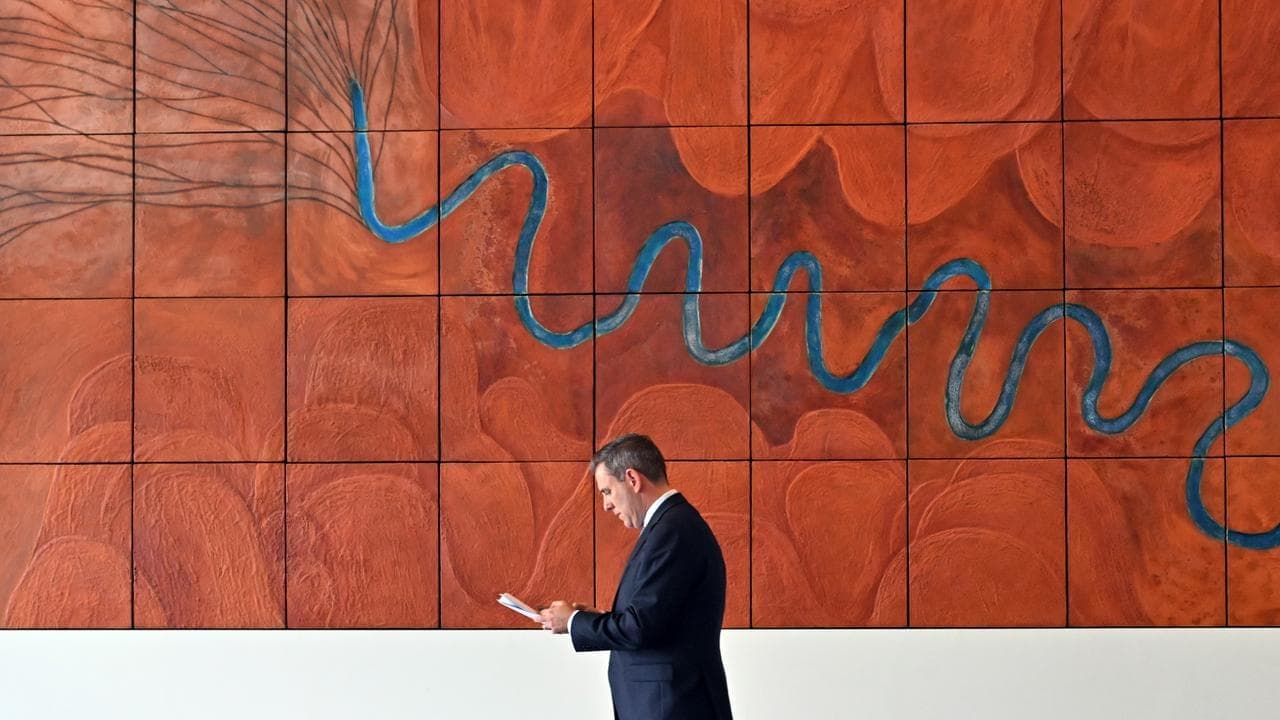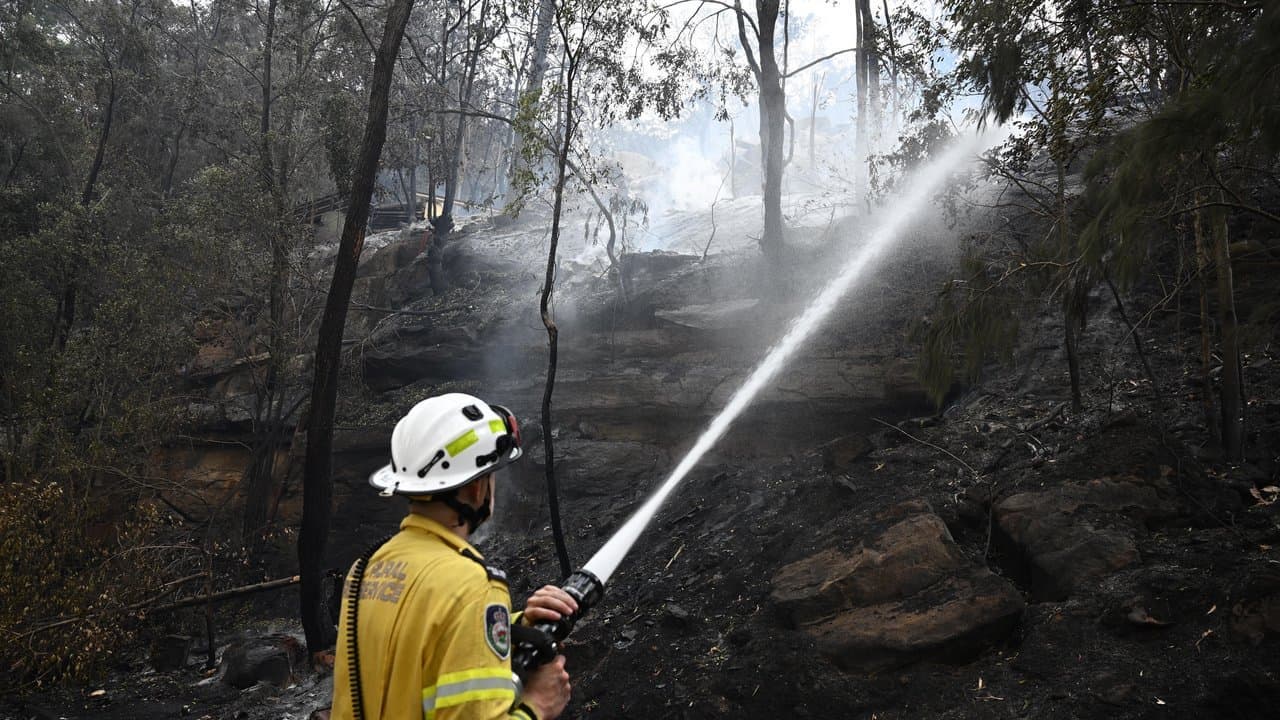WHAT WAS CLAIMED
The National Indigenous Australians Agency (NIAA) gets more government funding than Medicare.
OUR VERDICT
False. Medicare has been allocated more than seven times as much funding as the NIAA this financial year.
It is being claimed the National Indigenous Australians Agency (NIAA) gets more government funding than Medicare.
This is false. Federal budget papers show Medicare's funding is more than seven times higher than that allocated to the NIAA.
More than $30 billion will be spent on Medicare in 2023/24, while the agency will receive about $4.3 billion.
The claim is made in a Facebook video (screenshot here) in which a man links the NIAA to the proposed Indigenous voice to parliament.
"It all comes back to money," he states, before calling on his viewers to vote no at this year's referendum.
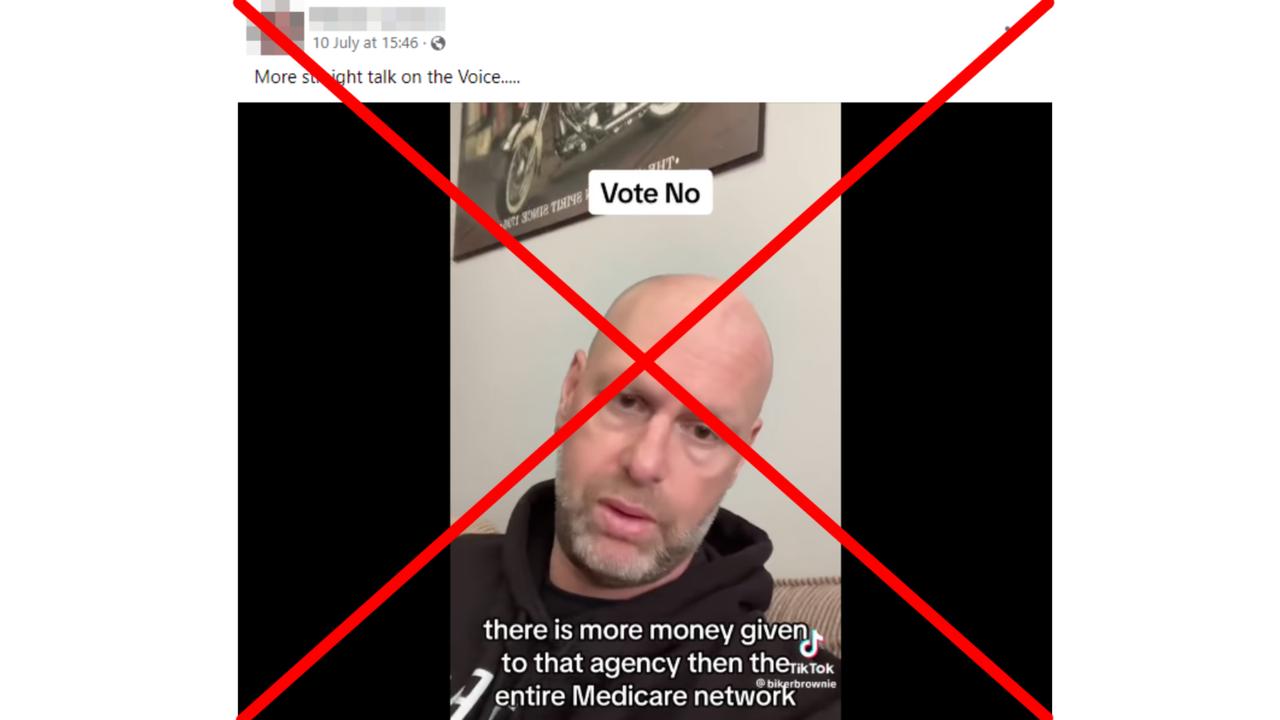
He adds: "Stop and think about the billions of dollars that is given to the National Indigenous Australians Agency every year. There is more money given to that agency than the entire Medicare network" (video mark 1min 56sec).
Budget papers for 2023/24 show $30.413 billion is allocated for Medicare (table 6.8.1 on Page 211), while the Portfolio Budget Statements show the NIAA's budget is $4.329 billion (table 1.1 on Page 193).
Medicare makes up about a third of the government's spending on healthcare, which will be more than $100 billion in 2023/24.
Representatives from the Treasury and the Department of Health and Aged Care confirmed the above figures to AAP FactCheck in an email.
A spokesman said there was also additional spending associated with Medicare related to programs such as the Primary Health Networks and the Workforce Incentive Program.
In linking the NIAA to the voice, the man adds: "It obviously can't be working because they're asking for more. And that's what it's about. It's about money. So I implore you to vote no."
But experts told AAP FactCheck that it is misleading to link the proposed voice and the NIAA.
The NIAA is a government agency that implements policy and administers programs established by the Commonwealth, while the voice would be an advisory body of Indigenous people advising parliament and the executive on laws, policies and programs.
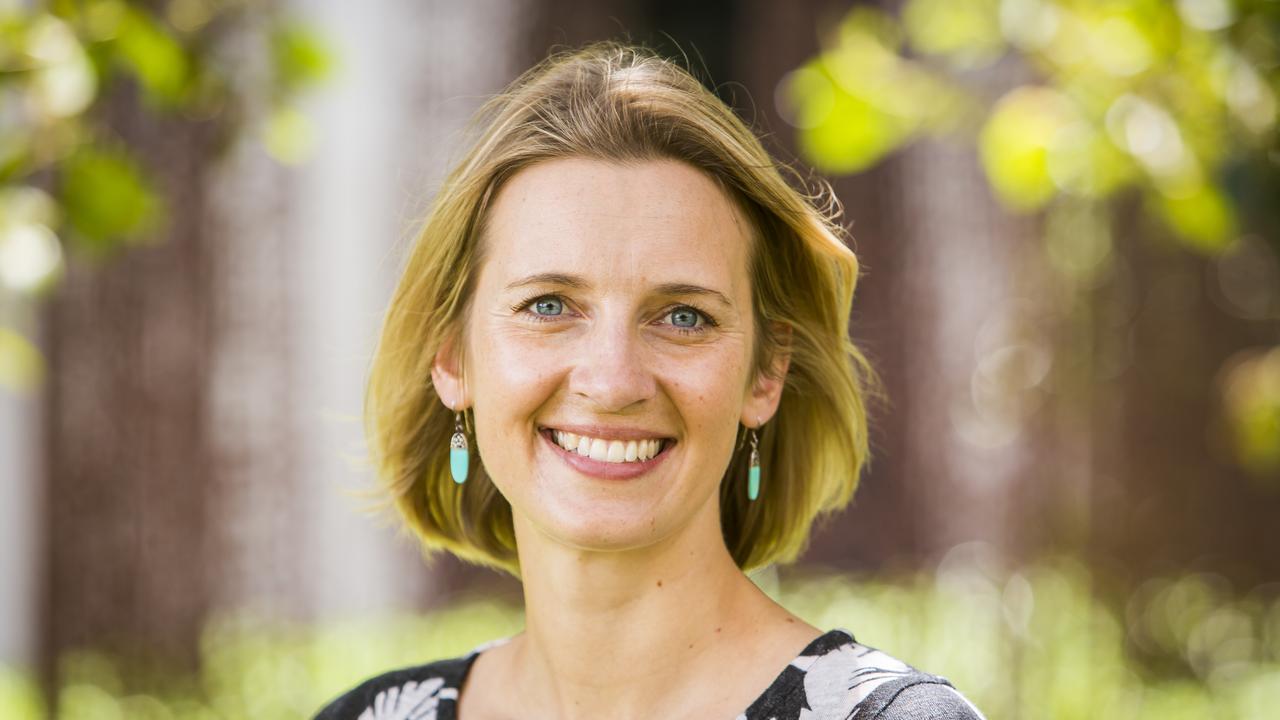
As previous AAP FactCheck debunks have explained (here and here), there will be no requirement for the voice's representations to be listened to or acted on by parliament or the executive.
UNSW Sydney legal expert Gabrielle Appleby told AAP FactCheck the NIAA is "very different" to the proposed voice, given it is a public service agency rather than a representative body.
"There is currently no federal representative body that would perform the role of the voice," Prof Appleby said.
Associate Professor Harry Hobbs, a constitutional law and human rights expert at the University of Technology Sydney, agreed, stating the proposed voice and NIAA have almost no similarities.
"The NIAA is staffed by Indigenous and non-Indigenous Australians," he told AAP FactCheck. "The voice would be a representative body of Aboriginal and Torres Strait Islander people."
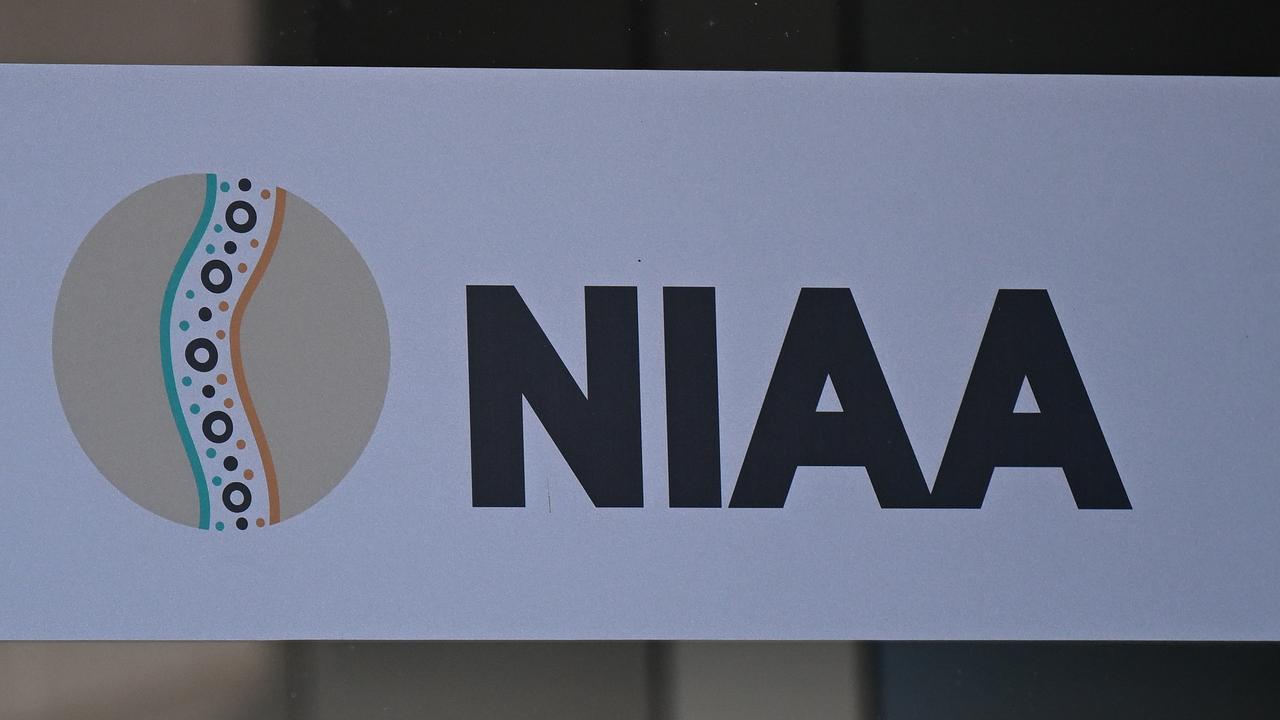
Dr Hobbs said it was also important to note that the voice would have the capacity to talk to the government, and the NIAA, about how effective or useful the programs it administers are, and to suggest changes when needed.
He said the voice would not replace the NIAA and is not a substitute for a government department.
It is not yet known what funding the voice would receive if the 'yes' vote succeeds.
Prof Appleby said as with every other government body, the funding would be an ongoing matter determined annually.
The Verdict
The claim the National Indigenous Australians Agency gets more government funding than Medicare is false.
Budget papers reveal Medicare will receive more than seven times as much funding as the NIAA this financial year.
Experts also told AAP FactCheck it is misleading to link the NIAA and proposed Indigenous voice given the differences in structure and function.
False – The claim is inaccurate.
AAP FactCheck is an accredited member of the International Fact-Checking Network. To keep up with our latest fact checks, follow us on Facebook, Twitter and Instagram.








